Scientific name Gossypium barbadense Rank Species | Genus Gossypium Higher classification Cotton | |
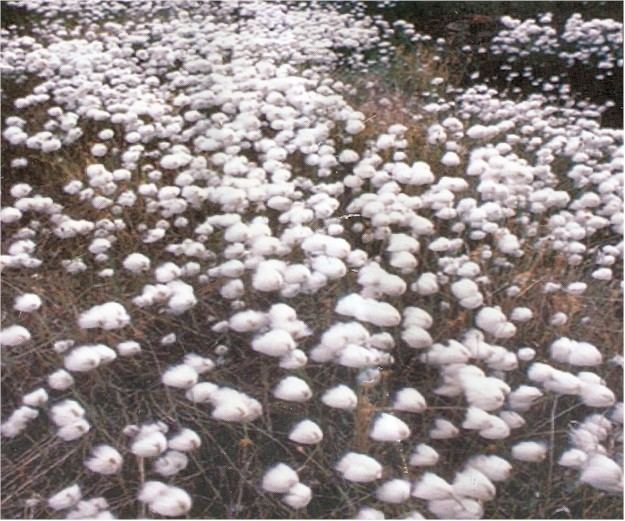 | ||
Similar Gossypium hirsutum, Cotton, Gossypium arboreum, Gossypium herbaceum, Mallows | ||
Gossypium barbadense
Gossypium barbadense, also known as extra-long staple (ELS) cotton, is a species of cotton plant that has been cultivated to have extra-long staple fibers - longer than 34 mm (1 3/8"), that are associated with high quality products. Varieties of ELS cotton include WISICA Sea Island, American Pima, Egyptian ELS Gizas, Indian Suvin, Chinese xinjiang. It is a tropical, frost-sensitive perennial plant that produces yellow flowers and has black seeds. It grows as a small, bushy tree and yields cotton with unusually long, silky fibers. To grow, it requires full sun and high humidity and rainfall. This plant contains the chemical gossypol, which reduces its susceptibility to insect and fungal damage.
Contents
- Gossypium barbadense
- History
- Sea Island cotton
- Egyptian cotton
- United States agricultural policy
- References
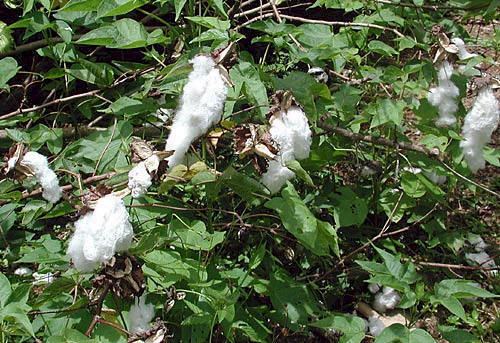
History

The name Pima was applied in honor of the Pima Indians, who helped raise the cotton on USDA experimental farms in Arizona in the early 1900s. The first clear sign of domestication of this cotton species comes the Early Valdivia phase site of Real Alto on the coast of Ecuador (4400 BCE) and from Ancon, on the Peruvian coast, where cotton bolls dating to 4200 BCE were found.
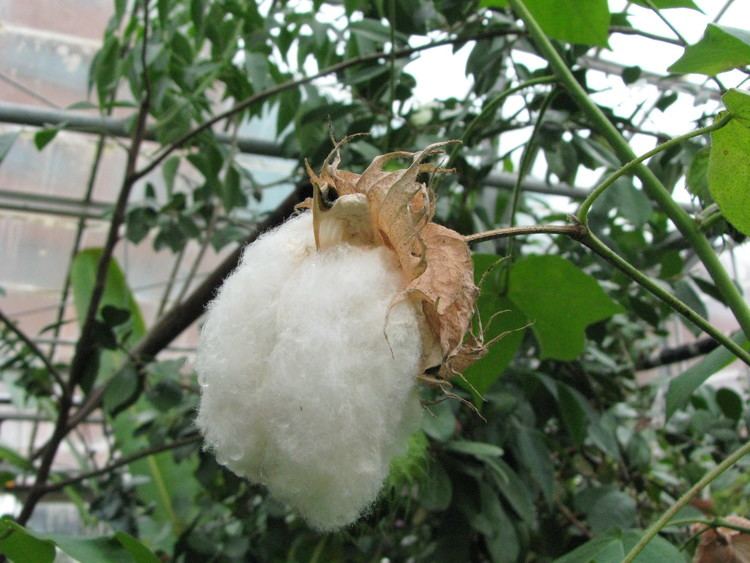
According to other accounts, Real Alto cotton is dated to 3500-3000 BCE, and the oldest coastal Peru cotton is dated 2500 BCE.
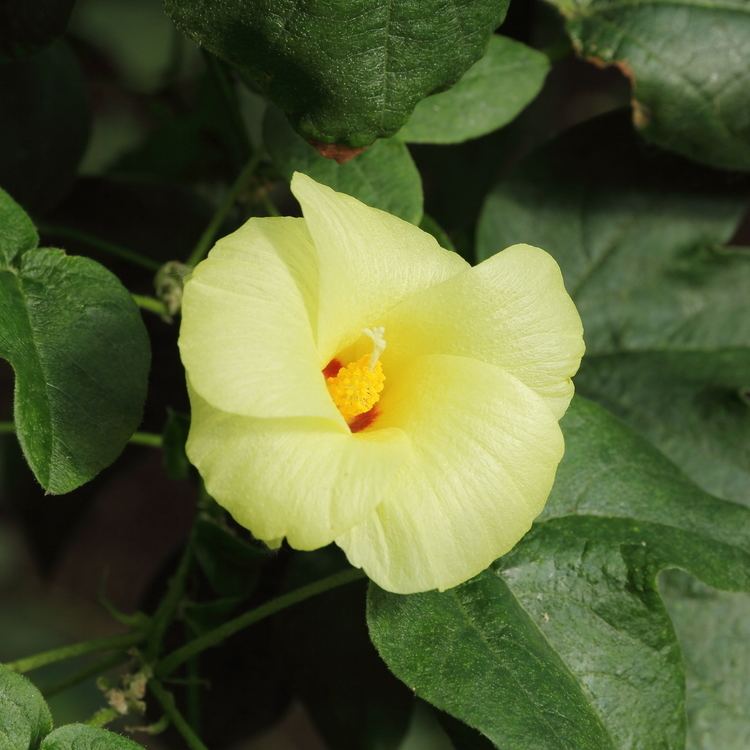
By 1000 BCE, Peruvian cotton bolls were indistinguishable from modern cultivars of G. barbadense. Cotton growing became widespread in South America and spread to the West Indies, where Christopher Columbus encountered it. Cotton became a commercial plantation crop tended by slaves in the West Indies, so that by the 1650s, Barbados had become the first British West Indies colony to export cotton.
Sea Island cotton
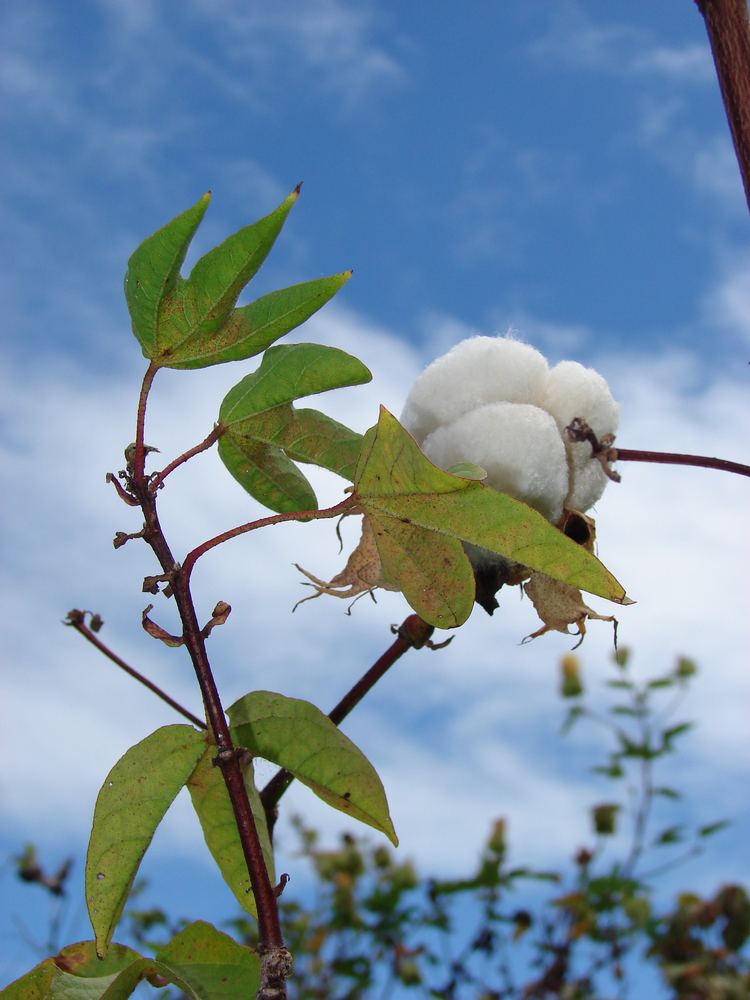
In about 1786, planting of Sea Island cotton began in the former British North American colonies, on the Sea Islands of South Carolina and Georgia, when cotton planters were brought over from Barbados. Among the earliest planters of Sea Island cotton in America was an Englishman, Francis Levett, who later fled his Georgia plantation at the outbreak of the American Revolution and went to the Bahamas, where he attempted to introduce cotton production, but failed. Sea Island cotton commanded the highest price of all the cottons, due to its long staple (1.5 to 2.5 inches, 35 to 60 mm) and its silky texture; it was used for the finest cotton counts and often mixed with silk. It was also grown on the uplands of Georgia, where the quality was inferior, and was soon surpassed in commercial production by another Native American species, upland cotton (Gossypium hirsutum), which today represents about 95% of U.S. production.
Egyptian cotton
The term Egyptian cotton is usually applied to the extra long staple cotton varieties produced in Egypt (Giza 45, Giza 70, Giza 77, Giza 87, Giza 88, Giza 92, Giza 93) and used by luxury and upmarket brands worldwide. Giza 45 has the highest thread count, ranging up to 1000 threads per square inch. However, the majority of Egyptian cotton export is long staple cotton, not ELS cotton. Egyptian ELS varieties amount to about 7% of annual global ELS/LS cotton exports, and amount to approximately 25% of Egyptian cotton exports.
United States agricultural policy
American Pima accounts for less than 5% of U.S. cotton production. It is grown chiefly in California, with small acreages in West Texas, New Mexico and Arizona.
For purposes of federal support, the 2002 farm bill (P.L. 101-171, Sec. 1001) defined ELS cotton.
Extra long staple cotton is eligible for marketing assistance loans and loan deficiency payments (LDPs). The national loan rate for ELS cotton under the 2002 farm bill was $0.7977 per pound. ELS cotton, in contrast to upland cotton, does not qualify for direct payments or counter-cyclical payments.
